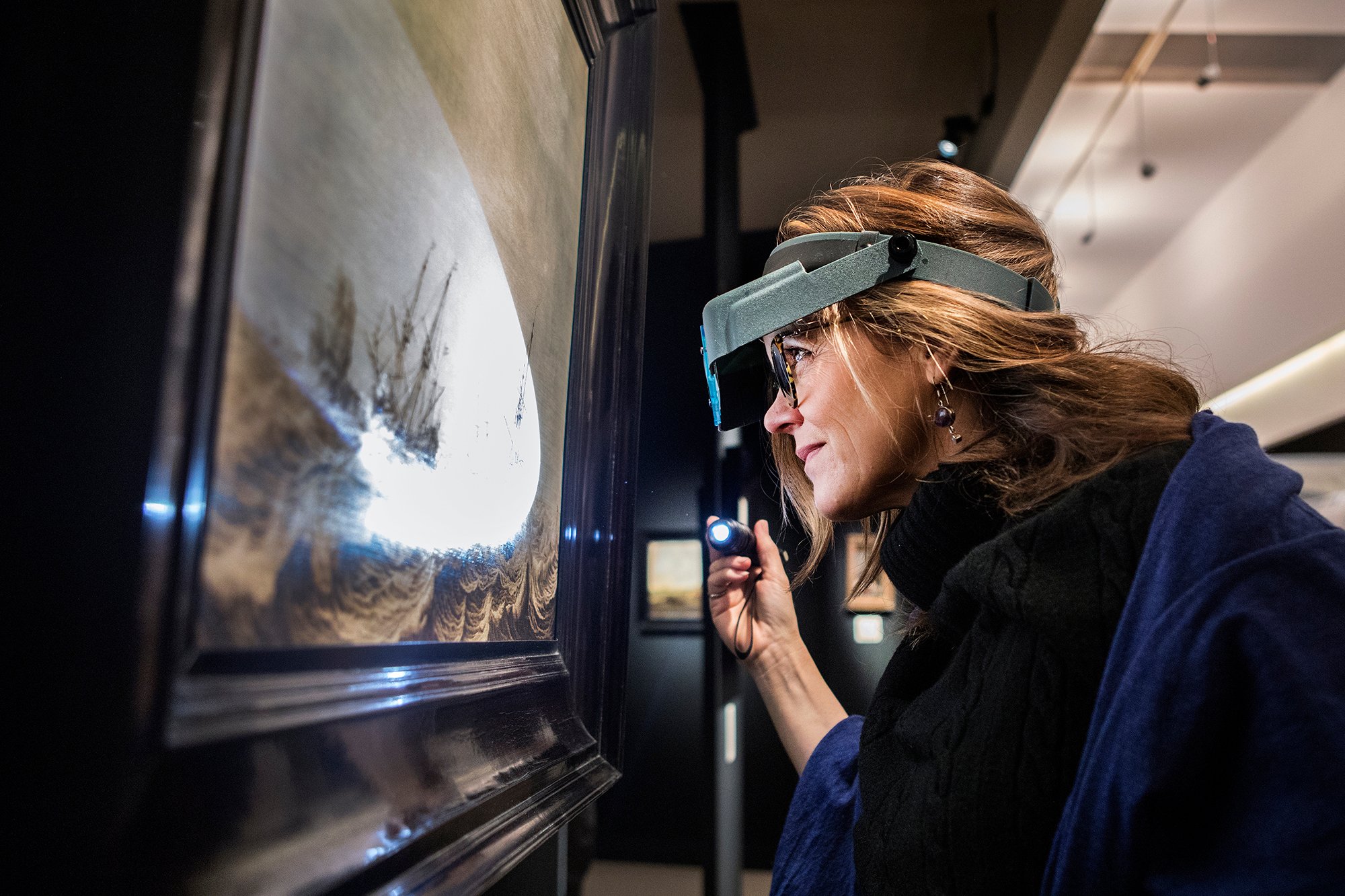
The prestigious and long-running European Fine Art Fair (TEFAF) is famous for its exhaustive vetting process. During a normal year, more than 100 leading specialists in everything from Old Master paintings to Scandinavian design wend their way through the aisles over the course of several days, meticulously examining each and every object and label to make sure everything checks out before collectors are allowed in.
Now that the 2020 edition of the upcoming TEFAF Fall New York fair has been pushed into the virtual realm, where it will run from November 1 to November 4, organizers have a new challenge: to maintain those strict standards online. In order to do so, each of the event’s 280 exhibitors has been limited to presenting a single object, resulting in a far more streamlined selection and approval process.
The format will highlight works at the “very top” of their respective markets, according to a statement from organizers. In a letter to exhibitors, TEFAF leaders said, “The carefully considered TEFAF Online format of only one highlight per gallery will ensure the highest quality of artworks and research.”
To facilitate remote vetting, dealers will be asked to supply information including: numerous photographs of the object they want to show (an overall view, details, a detail of the signature, the back of the object, the frame); a professional condition report; and full catalogue information (provenance, exhibition history, literature). Polly Sartori, director of Gallery 19C in Los Angeles, said that after this full dossier was reviewed, her work was marked as “vetted.”
A member of the vetting committee at work at TEFAF Maastricht 2019. Photo by Loraine Bodewes courtesy of TEFAF Maastricht.
Some exhibitors are keeping their plans close to the vest ahead of TEFAF Online’s official unveiling. “We came up with a single great object by one of the most sought-after artists currently around,” said London and Hong Kong dealer Ben Brown of a piece by the sought-after designer Francois-Xavier Lalanne. Brown originally purchased it from the artist, sold it to a client, and has now purchased it back, so he is confident of its authenticity.
As for the vetting process, Brown said, “We provided the material, including a video, and images of the work submitted and the vetting committee will have taken a look and made their comments.”
Given the extraordinary range of works that TEFAF shows, the vetting process varies from exhibitor to exhibitor. In the Before Times, jewelry vetters were known to examine not only an object’s authenticity, but also its integrity—to ensure, for example, that a piece had not been taken apart and reassembled with new elements over the years.
Wallache Chan, Fluttery – In Love with Spring (2014). Image courtesy Wallace Chan, Hong Kong.
Contemporary jewelers have a leg up: Hong Kong’s Wallace Chan, whose otherworldly, unique creations were a popular draw at the TEFAF edition in Maastricht this past March, will be showing the never-before-seen Fluttery (2014).
“It should be relatively easy to vet Wallace Chan’s work considering that each piece is crafted and created by Chan himself in his own distinctive style and also because he is a contemporary living artist,” says gallery representative Cherry Rao.
Brown, a TEFAF regular, says it likely would have been impossible to pull off an online TEFAF without the single-object format. “This was one of the reasons why the board came up with the concept to only present one object from each gallery,” he says. “Vetting a single object is obviously much much easier than a large group. Normally, someone like me takes around 30 works.”